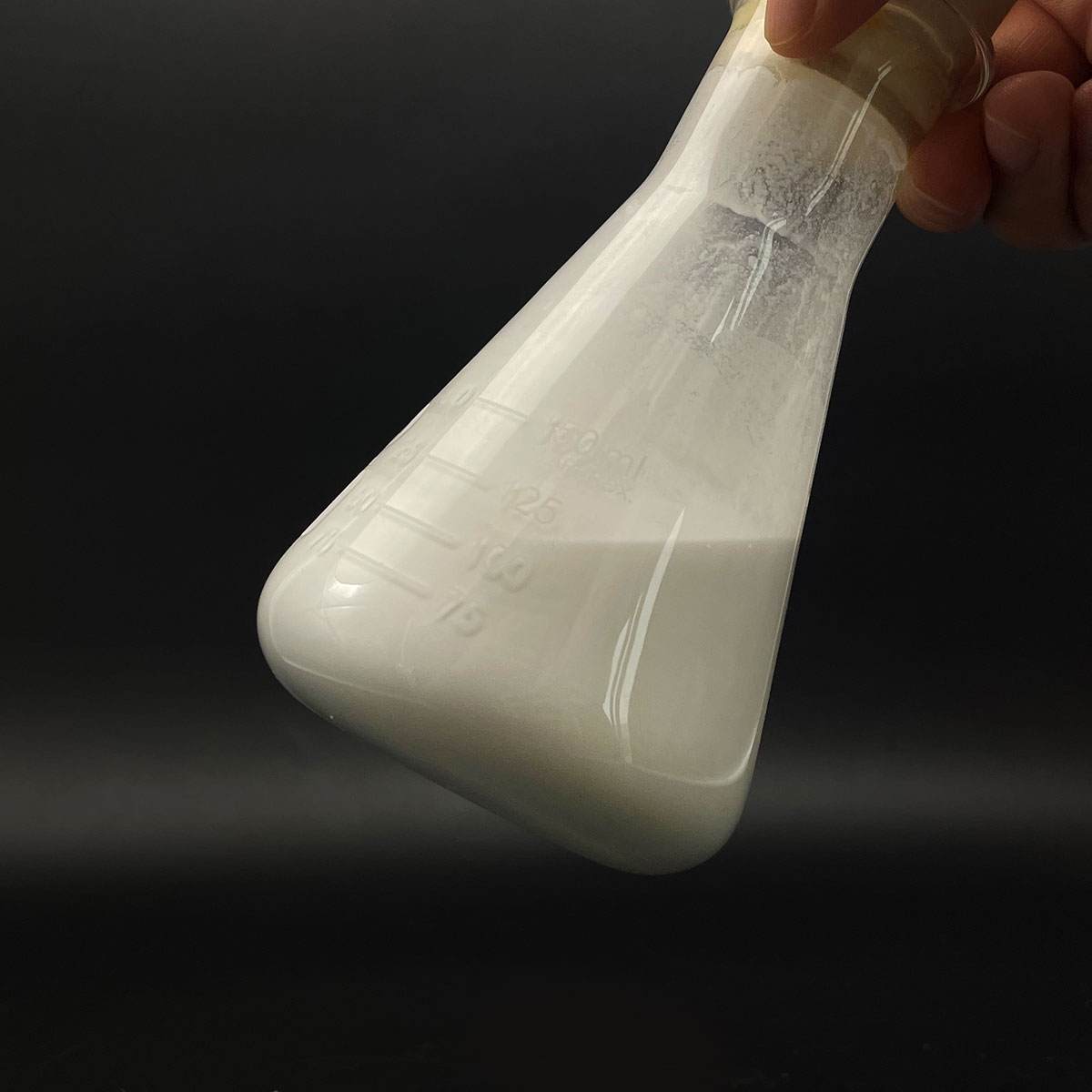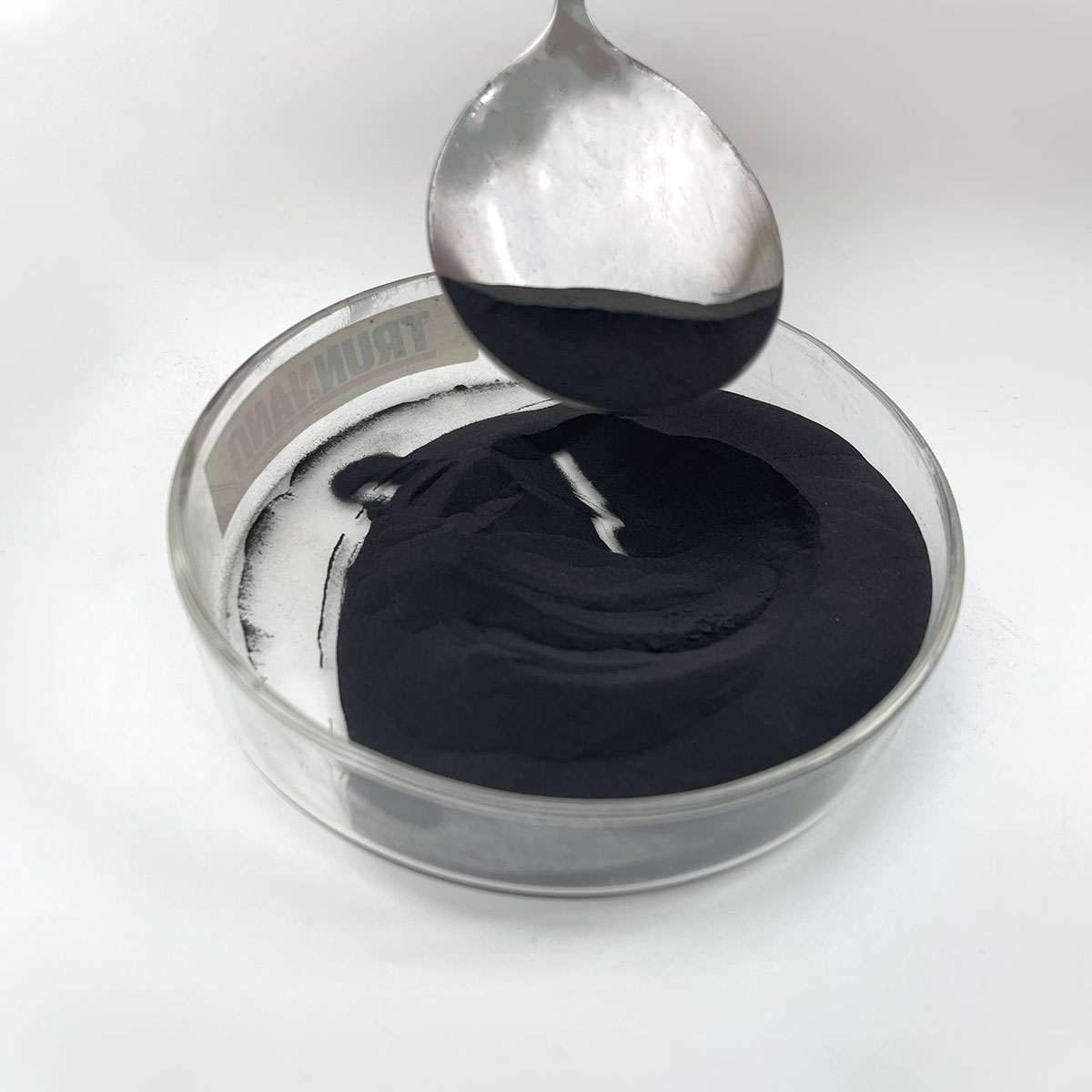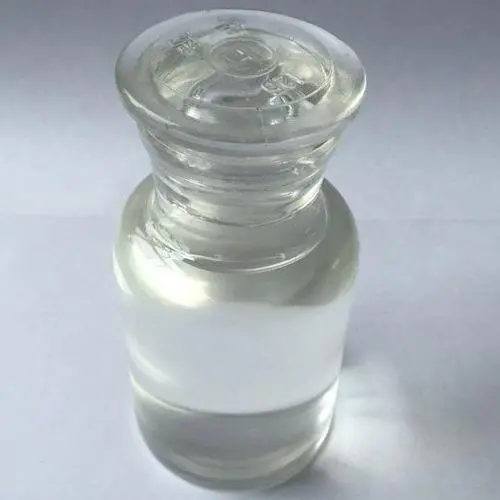Overview of Isomeric Alcohol Ethoxylates 1005 (Decyl Alcohol Series/ C10 + EO series) Nonionic Surfactants
Nonionic surfactants are a class of surface-active agents that do not carry an electrical charge in aqueous solutions, distinguishing them from ionic surfactants like cationics and anionics. They are composed of a hydrophilic (water-loving) head group and a hydrophobic (oil-loving) tail, which allows them to reduce surface tension between fluids and facilitate interactions between substances that are normally immiscible. Their neutrality makes them stable over a wide pH range and compatible with other types of surfactants, making them highly versatile in numerous applications.
Features of Isomeric Alcohol Ethoxylates 1005 (Decyl Alcohol Series/ C10 + EO series) Nonionic Surfactants
-
Neutral Charge: Lack of charge leads to compatibility with both anionic and cationic substances, reducing the risk of precipitation or instability in formulations.
-
Wide pH Stability: Function effectively across a broad pH range, making them suitable for diverse chemical environments.
-
Solubility: Readily soluble in both water and organic solvents, enhancing their utility in cleaning, emulsification, and dispersion processes.
-
Low Foam Profile: Many nonionic surfactants generate less foam compared to their ionic counterparts, beneficial in applications where excessive foam is undesirable.
-
Wetting and Spreading: Excellent at reducing surface tension, promoting wetting and spreading of liquids on surfaces, improving cleaning and coating processes.
-
Emulsification: Efficiently stabilize oil-in-water or water-in-oil emulsions, depending on their structure, which is crucial in formulations like cosmetics, agrochemicals, and food products.

(Isomeric Alcohol Ethoxylates 1005 (Decyl Alcohol Series/ C10 + EO series) Nonionic Surfactants)
Specification of Isomeric Alcohol Ethoxylates 1005 (Decyl Alcohol Series/ C10 + EO series) Nonionic Surfactants
Isomeric Alcohol Ethoxylates 1005 belongs to the Decyl Alcohol Series (C10 + EO collection) of nonionic surfactants. This item incorporates isomeric decyl alcohol with ethylene oxide (EO) through ethoxylation. The result is a flexible surfactant with balanced hydrophilic-lipophilic buildings. It works efficiently across a series of applications due to its secure framework.
The chemical formula consists of a branched decyl alcohol chain affixed to an ethylene oxide chain. The typical EO systems per particle are adjustable, typically ranging from 5 to 10. This versatility allows personalization based on particular usage cases. The item appears as a clear or pale yellow liquid. It dissolves well in water, though solubility relies on temperature. Higher temperature levels may create cloudiness, but clearness returns upon air conditioning.
Trick homes include strong emulsifying, wetting, and dispersing abilities. It carries out well in both acidic and alkaline settings. Compatibility with other surfactants boosts its use in blended formulas. Typical applications consist of industrial cleansers, fabric processing help, and agrochemical emulsifiers. It also functions as a stabilizer in latex systems and a degreasing agent in metal treatments.
Technical requirements include a pH series of 5.0– 7.0 (1% aqueous solution). The cloud point typically drops in between 30– 50 ° C, varying with EO material. The hydrophilic-lipophilic balance (HLB) value varies from 12 to 14, making it ideal for oil-in-water emulsions. The item continues to be secure under typical storage space problems.
Safety and security considerations highlight low toxicity for skin and the atmosphere. It biodegrades conveniently, meeting ecological guidelines. Appropriate handling calls for conventional protective devices to avoid extended direct exposure. Storage recommendations consist of maintaining containers secured in trendy, dry locations far from direct heat. Service life is roughly 2 years when saved appropriately.
Performance advantages include high effectiveness at low focus. It decreases surface tension properly, boosting spreading and penetration in formulas. The branched alcohol framework enhances solubility in organic stages. This function aids in maintaining complicated mixes. Customers benefit from constant top quality and trustworthy results throughout sets.
The product satisfies global requirements for nonionic surfactants. Qualifications consist of ISO compliance and eco-label authorizations. Suppliers focus on pureness, making certain minimal recurring alcohol or ethylene oxide material. Quality control tests verify adherence to specified criteria prior to launch.

(Isomeric Alcohol Ethoxylates 1005 (Decyl Alcohol Series/ C10 + EO series) Nonionic Surfactants)
Applications of Isomeric Alcohol Ethoxylates 1005 (Decyl Alcohol Series/ C10 + EO series) Nonionic Surfactants
Isomeric Alcohol Ethoxylates 1005 (Decyl Alcohol Series/C10 + EO collection) are nonionic surfactants made use of in lots of sectors. These surfactants are made by reacting isomeric decyl alcohol with ethylene oxide. The outcome is a flexible product with solid cleansing and emulsifying homes. It functions well in tough water and remains stable across a broad pH variety.
In home and industrial cleansing products, these surfactants are common. They help get rid of oil and dirt in washing detergents and dishwashing liquids. The low foam manufacturing makes them suitable for machine-based cleansing systems. They likewise enhance the efficiency of floor cleaners and degreasers by breaking down oily residues swiftly.
Individual treatment products like shampoos and body washes utilize these surfactants also. They develop a mild soap that is mild on skin and hair. Their compatibility with various other components enables formulators to balance cleansing and hydrating impacts. They are often discovered in baby items and delicate skin solutions as a result of their low irritability possibility.
Industrial applications consist of fabric processing and metal cleansing. The surfactants act as wetting representatives, helping chemicals spread uniformly on surface areas. In farming, they are added to pesticides and herbicides to boost bond to plant surface areas. This improves the performance of plant protection items.
The environmental profile of Isomeric Alcohol Ethoxylates 1005 is an additional advantage. They biodegrade much more quickly than lots of conventional surfactants, minimizing long-lasting environmental influence. Their low toxicity makes them much safer for workers taking care of focused solutions.
Suppliers value these surfactants for their flexibility. They can be readjusted during production to meet certain solubility or viscosity needs. This adaptability sustains customized remedies for various sectors.
Cost-effectiveness is a crucial factor in their popularity. They provide high efficiency at lower usage rates compared to options. This effectiveness helps in reducing general manufacturing prices for formulators.
Security throughout handling and storage space is simple. The surfactants continue to be stable under normal conditions and do not call for special delivery tools. Correct ventilation and standard safety equipment are sufficient for secure use.
Company Profile
SurfactantChina is a trusted global chemical material supplier & manufacturer with over 12-year-experience in providing super high-quality surfactant and relative products.
The company has a professional technical department and Quality Supervision Department, a well-equipped laboratory, and equipped with advanced testing equipment and after-sales customer service center.
If you are looking for high-quality surfactant and relative products, please feel free to contact us or click on the needed products to send an inquiry.
Payment Methods
L/C, T/T, Western Union, Paypal, Credit Card etc.
Shipment
It could be shipped by sea, by air, or by reveal ASAP as soon as repayment receipt.
5 FAQs of Isomeric Alcohol Ethoxylates 1005 (Decyl Alcohol Series/ C10 + EO series) Nonionic Surfactants
What are Isomeric Alcohol Ethoxylates 1005? These are nonionic surfactants made from decyl alcohol (C10) and ethylene oxide (EO). They help mix oil and water in products like detergents or cleaners. Their structure allows them to work in different conditions without losing effectiveness.
What industries use Isomeric Alcohol Ethoxylates 1005? They are common in household cleaners, industrial degreasers, agricultural sprays, and textile processing. They stabilize formulas, help remove grease, and improve spreading on surfaces. Their low foam makes them good for machine-based cleaning systems.
What makes Isomeric Alcohol Ethoxylates 1005 better than other surfactants? They handle hard water better than ionic surfactants. They stay stable in acidic or alkaline solutions. Their mild nature makes them suitable for products needing skin safety. They are also biodegradable, reducing environmental impact.
Is Isomeric Alcohol Ethoxylates 1005 safe to handle? Follow standard safety steps. Wear gloves and eye protection to avoid direct contact. It is low in toxicity but can irritate skin or eyes if not diluted. Store it in a cool, dry place away from food or drink. Check local rules for disposal guidelines.
How should Isomeric Alcohol Ethoxylates 1005 be stored? Keep it sealed in its original container at temperatures between 10°C and 40°C. Avoid moisture and direct sunlight. Do not mix with strong acids or oxidizers unless specified. Shelf life is typically 12–24 months if stored properly.

(Isomeric Alcohol Ethoxylates 1005 (Decyl Alcohol Series/ C10 + EO series) Nonionic Surfactants)






